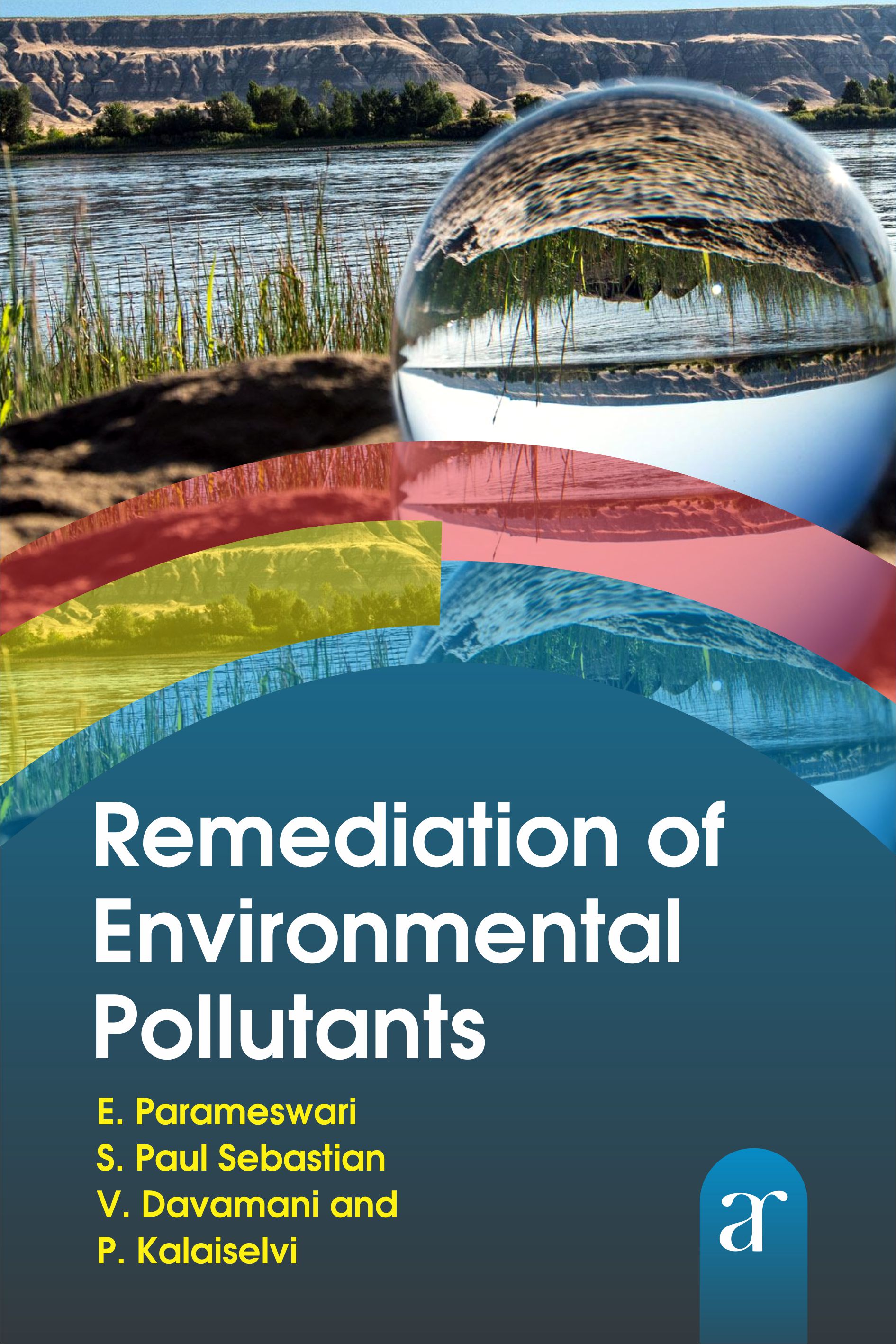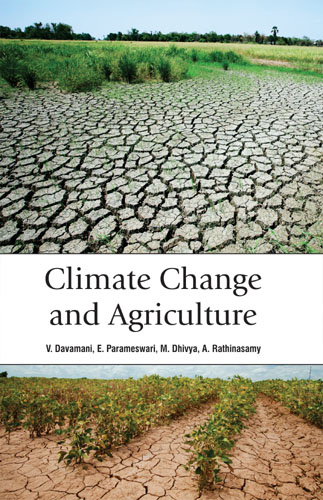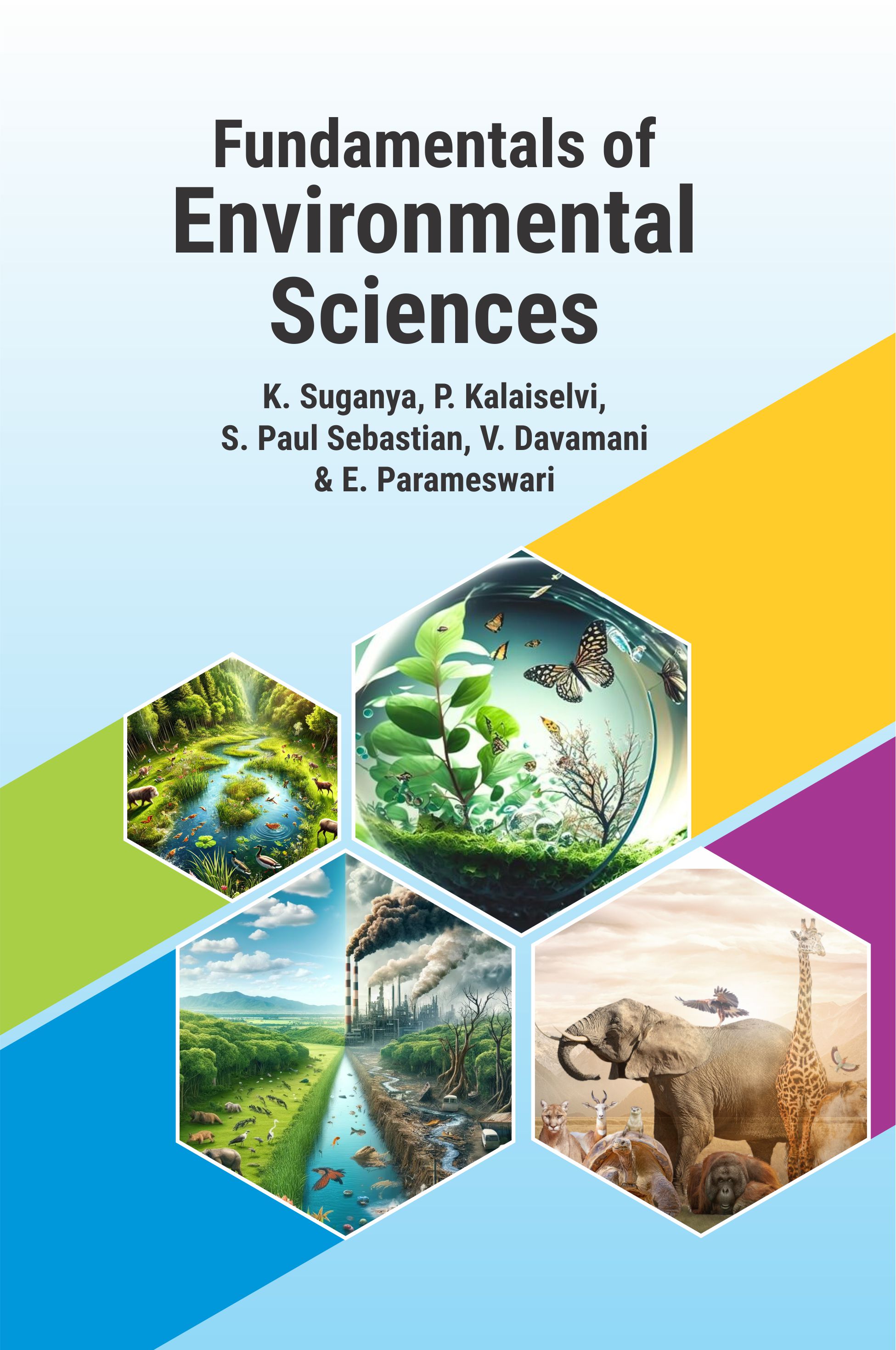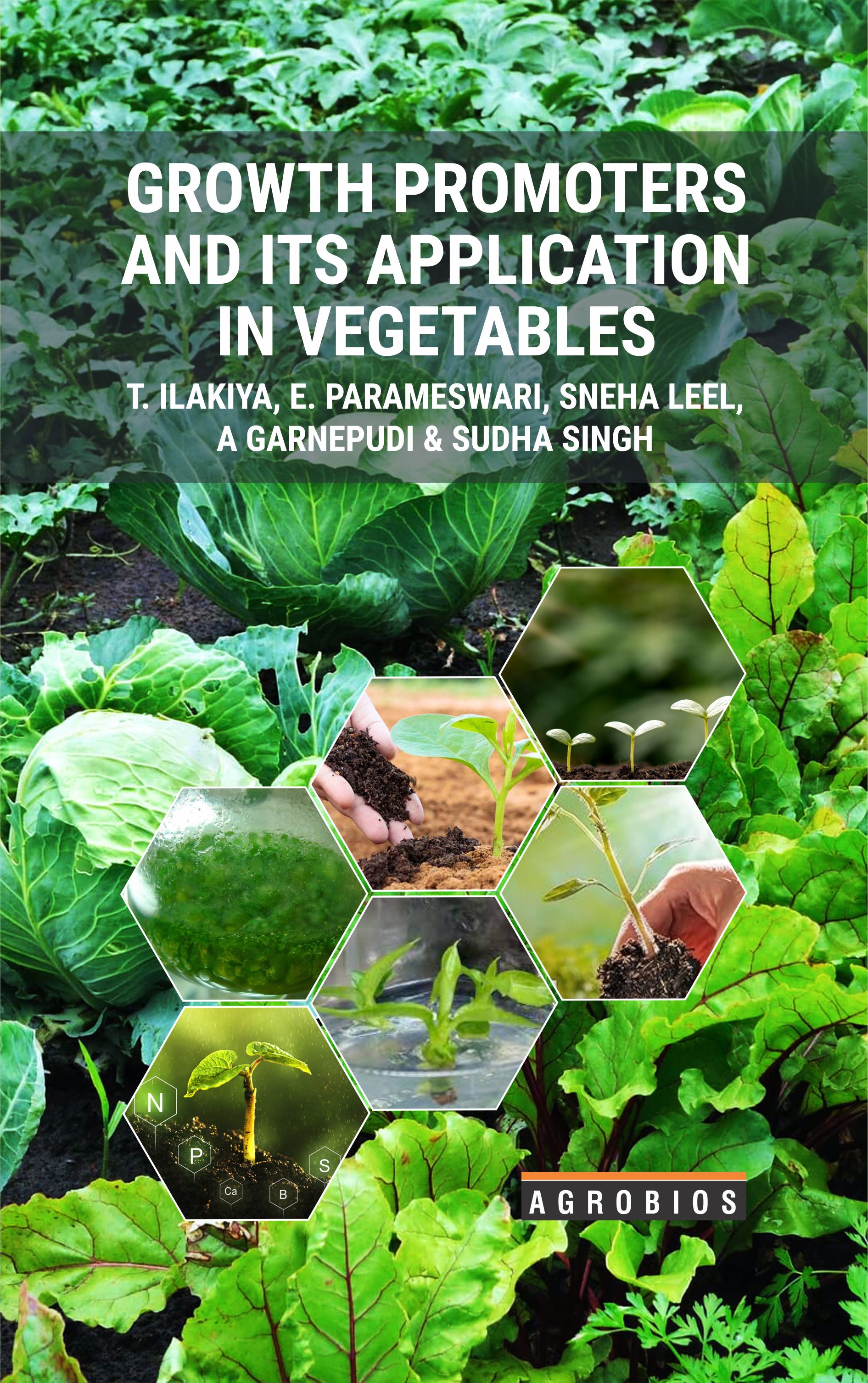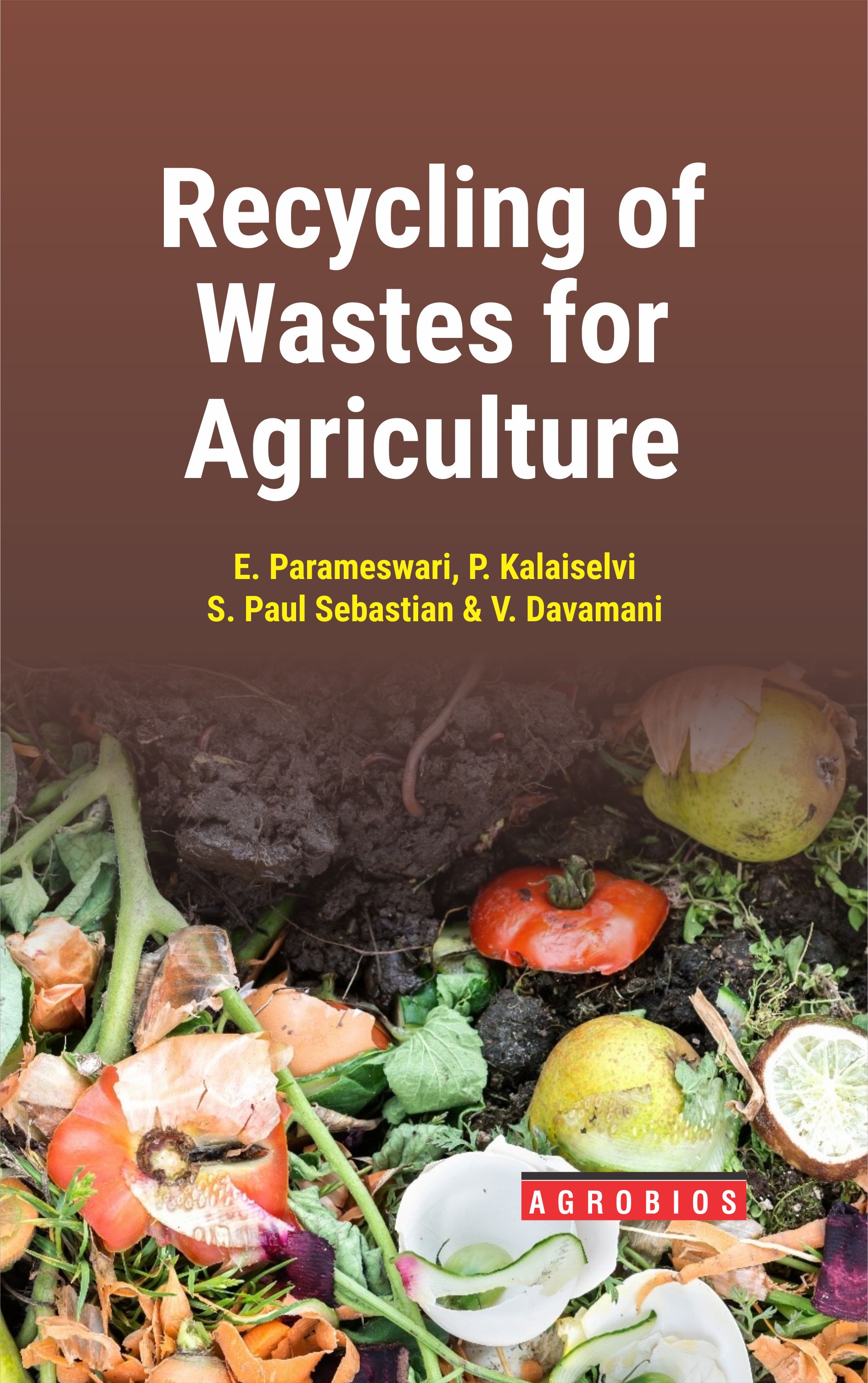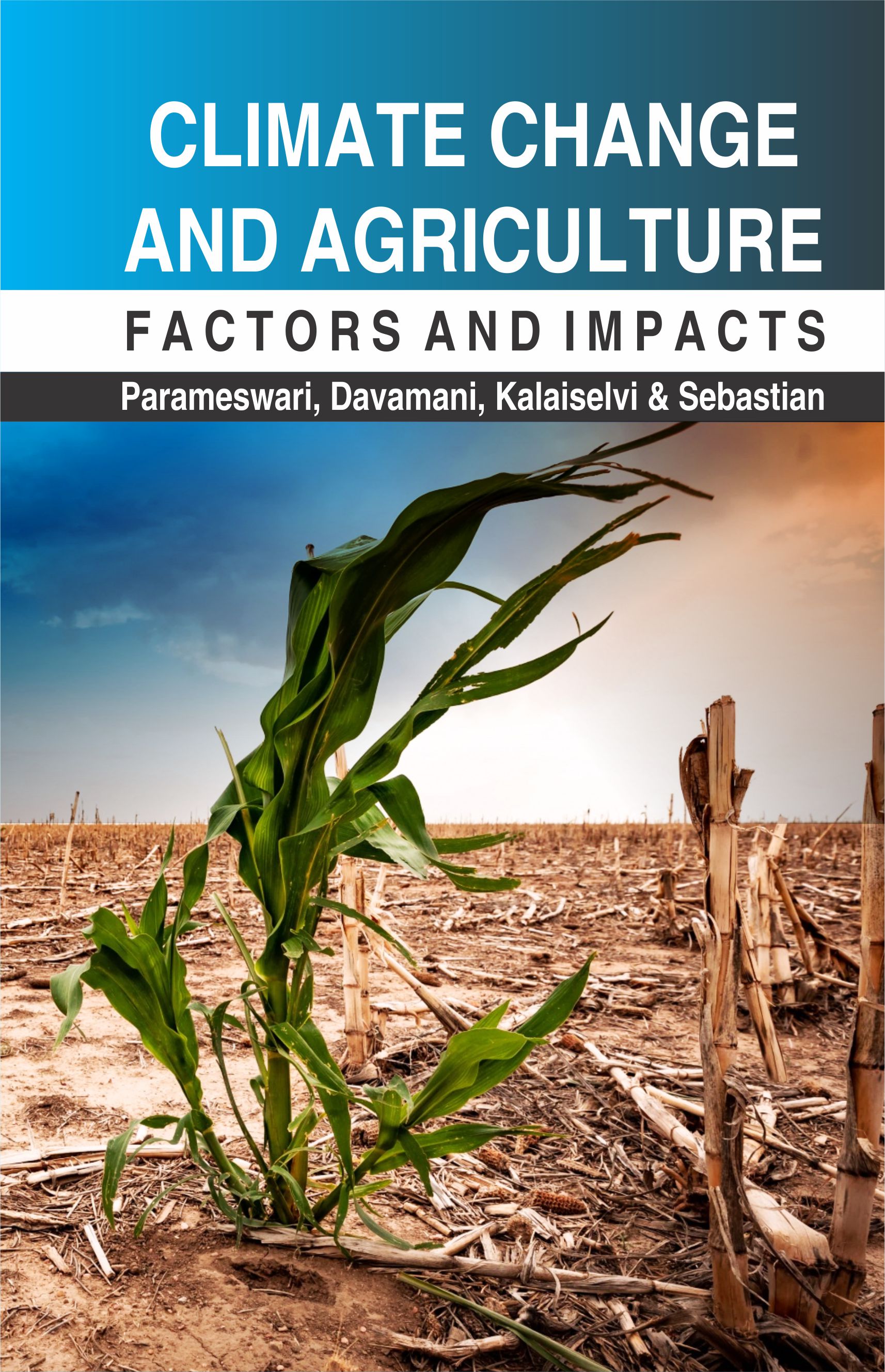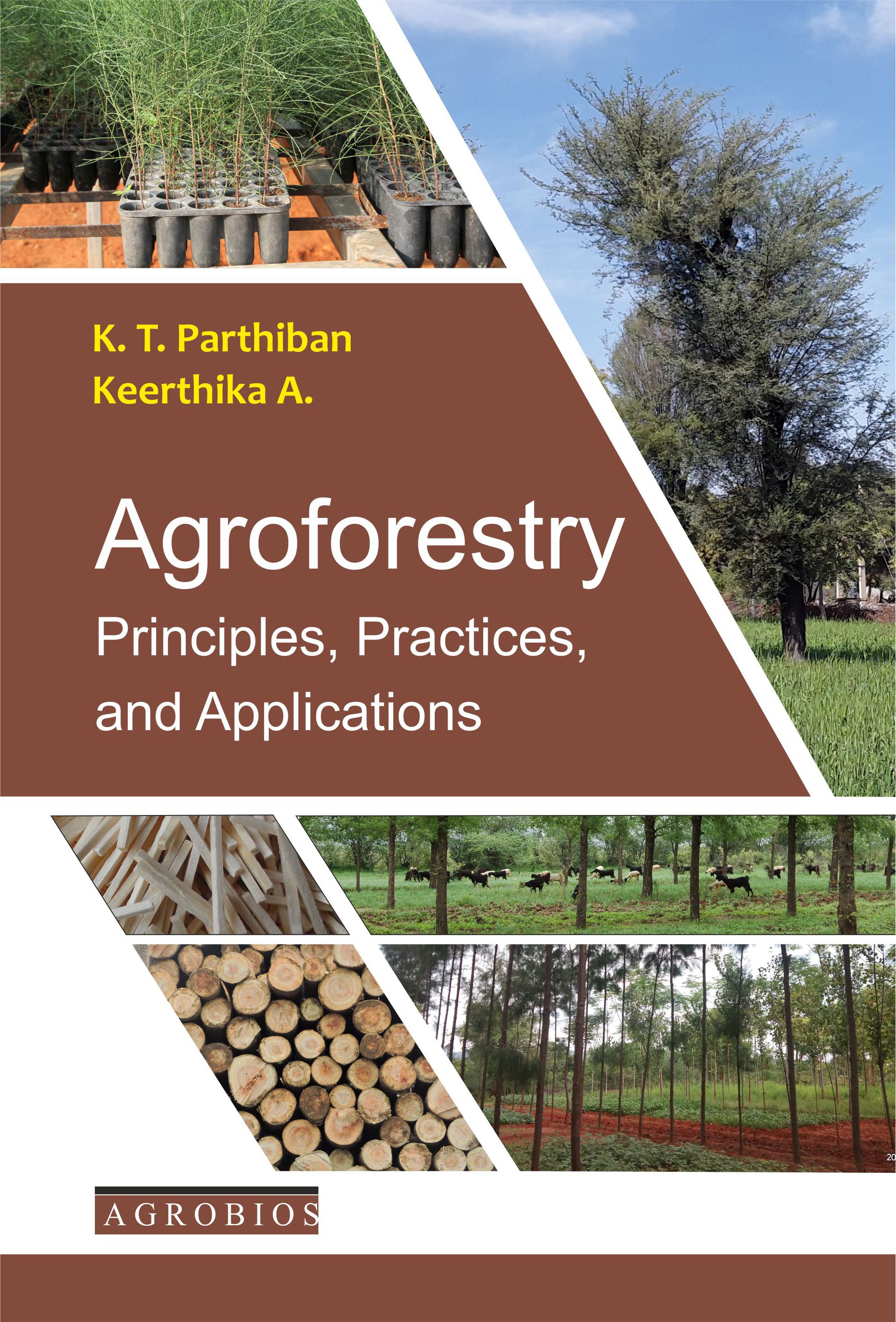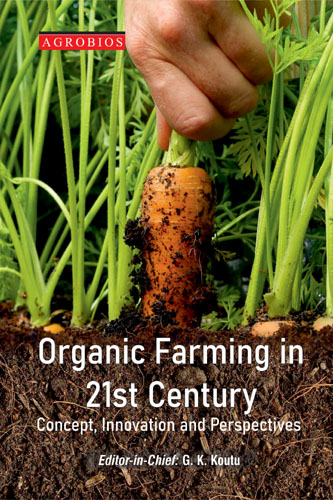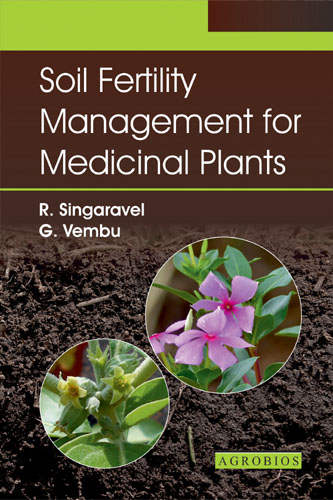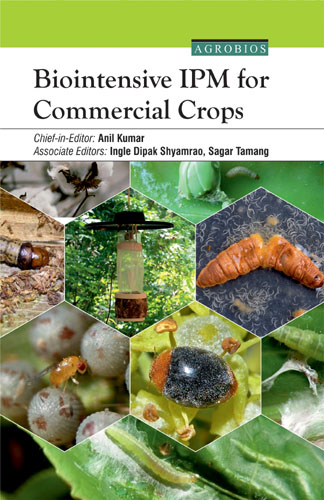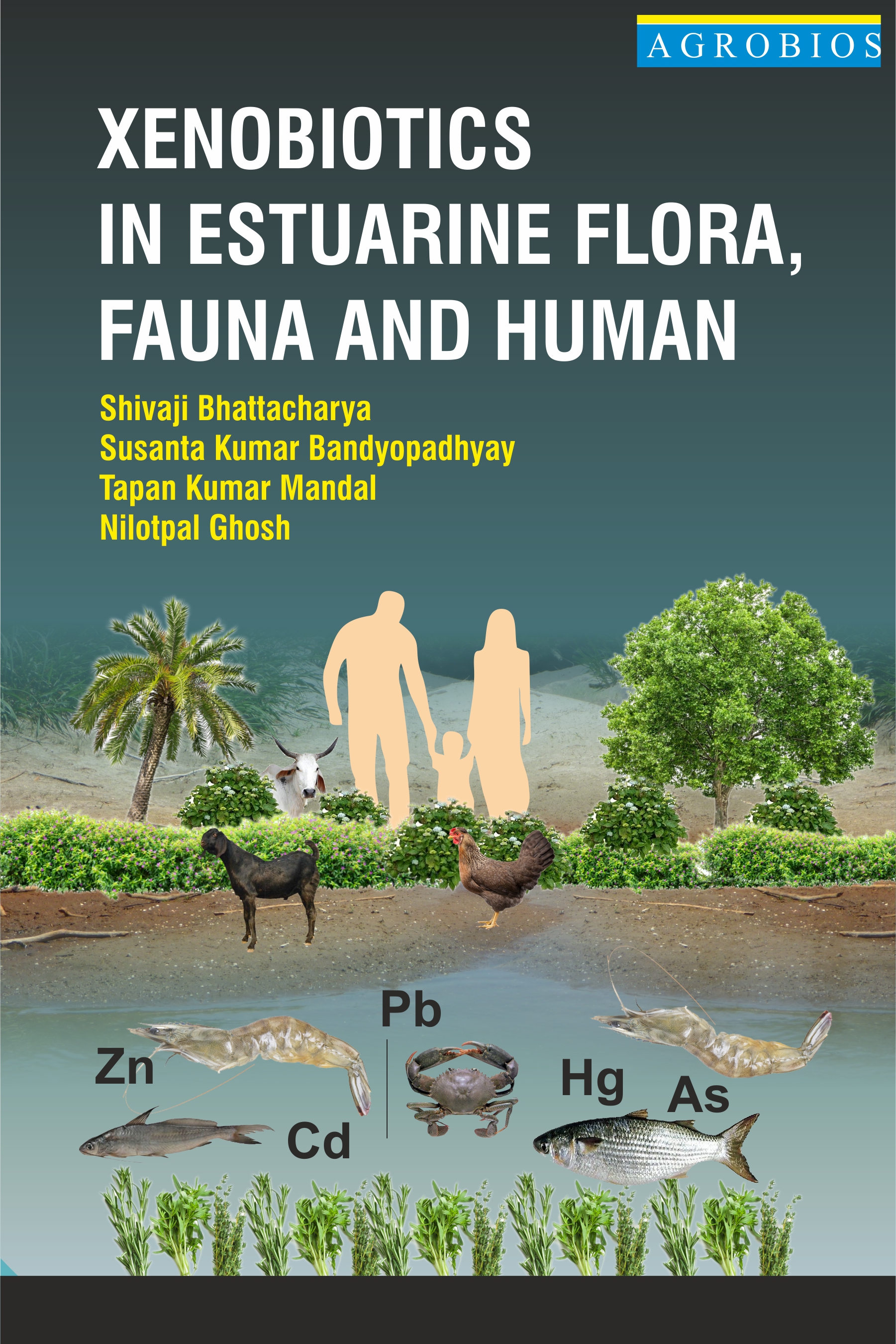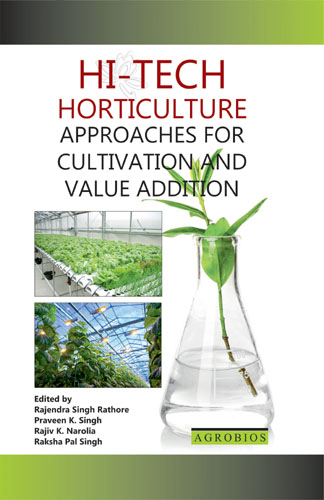Remediation Of Environmental Pollutants NEW
The contamination of soil, water, and air ecosystems with toxic pollutants released from various sources, their toxic impacts and their health hazards is a serious apprehension worldwide. The remediation or management or detoxification of pollutants is a global challenge. The contaminants released from a wide range of natural and anthropogenic sources are widespread in most countries, causing either the direct or indirect pollution of both the surface and groundwater sources. Policies are strictly advocating for the mitigation of environmental pollution. Hence, the removal/or management of pollutants from the contaminated environment is of utmost importance to encourage the sustainable development of the environment with minimal impact on nature. Conventional technologies for the remediation of pollutants are expensive, produce secondary pollutants, and toxic sludge, are environmentally destructive and are not aesthetically pleasing. In this regard, biological ways of managing the pollutants have recently emerged as an “eco-friendly”, “cost-effective” and “sustainable alternative” for the environmental cleanup process. It comprises microorganisms viz., bacteria, fungi, algae, yeast, cyanobacteria, plants and their metabolites, to detoxify pollutants from polluted soil and water ecosystem. Thus, exhaustive information about different types of pollutants, their toxic effects on the environment, as well as different bioremediation approaches for their degradation or detoxification, are mandatory for environmental cleanup along with the well-being of human beings. Though the detoxification potential of microorganisms and their interactions with environmental pollutants have been studied in past, comprehensive information about various environmental pollutants, and their effects on the environment, is scarce. This book will provide a comprehensive, widespread knowledge of various types of toxic pollutants viz., toxic heavy metals, pesticides, dyes, hydrocarbons, phenols etc. as well as by reed bed/ constructed wetland treatment (CWT) approaches for environmental cleanup. Many experts from colleges and universities have contributed their valuable knowledge to this book on the biodegradation of environmental pollutants. This book will also serve as an invaluable source of fundamental and up-to-date information on biodegradation that enlarges its scope for the various community. Chapters in this book cover different aspects of environmental problems and their remedial measures with recent developments.
Parameswari E
555- Introduction to Environmental Pollutants
- Electrochemical Oxidation Process for Wastewater Treatment
- Environmental Impact of Pesticides and their Management
- Environmental Impact Assessment using Geospatial Techniques
- An Integrated Plant-Microbe Biosystem for the Management of Heavy Metal Pollution in Urban Sewage
- Emerging Contaminants (ECs) in Wastewater and their Mitigation Strategy through Root Zone Treatment Method using Macrophytes
- Microbial Inoculants for Bioremediation of Soil Pollutants for Sustainable Agriculture
- The potential of Phytoremediation of Heavy Metals from the Environment
- Perspectives of PER- and Polyfluoroalkyl Substances (PFAS)
- Transport and Transformation of PFAS in the Environment
Book Details
Remediation Of Environmental Pollutants NEW
TEXT-CUM-REFERENCES BOOK
0
0
0
AMERICAN ROYAL (6X9)
600 Gms
All Rights Reserved
M/s AGROBIOS RESEARCH
PG STUDENTS | UG STUDENTS |
Agronomy , Horticulture , Soil Science , Botany , Zoology , Water Management , Air Environment , Crop Ecology And Environment , Environmental Analysis , Plant Ecology , Pollution And Management , Toxicology , Water Environment , Agricultural Waste And Management ,



